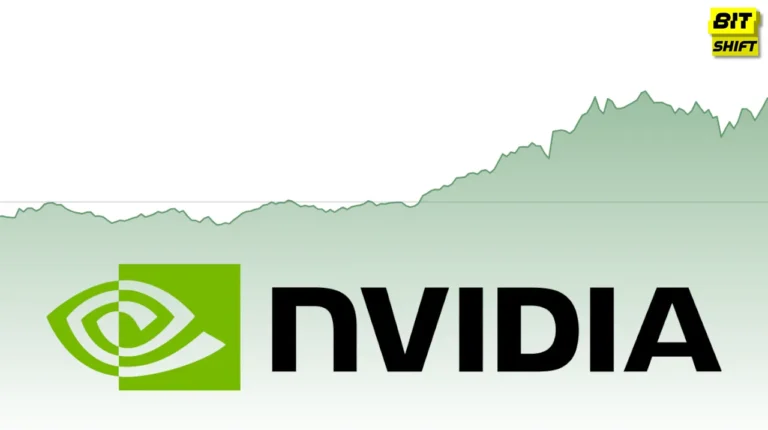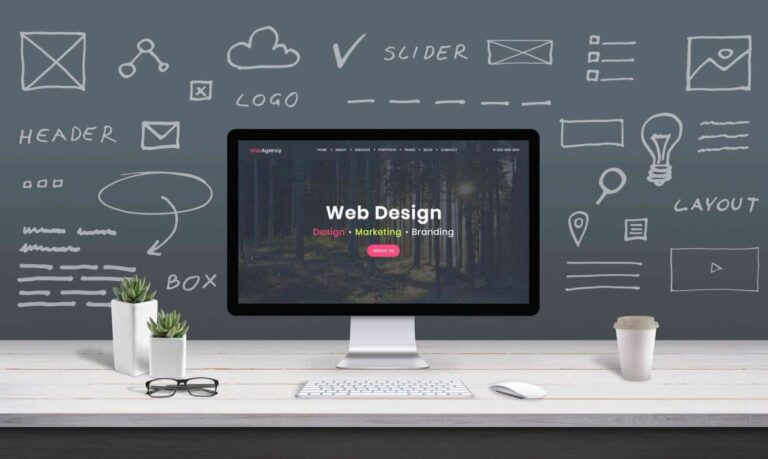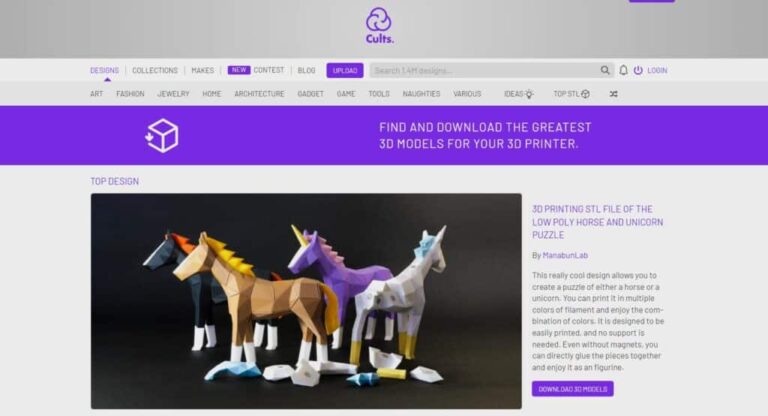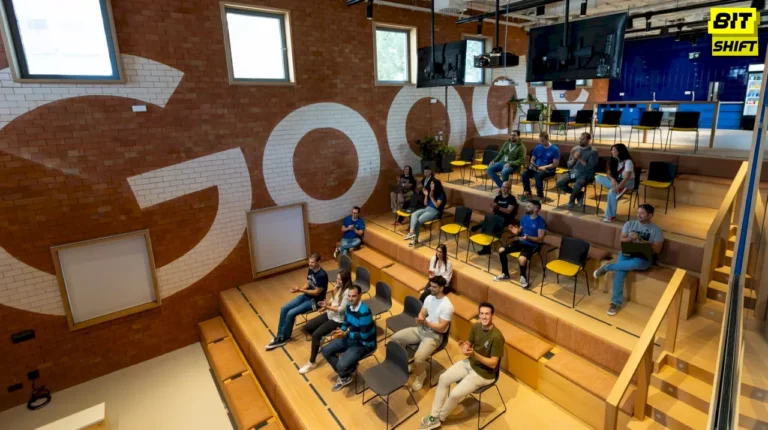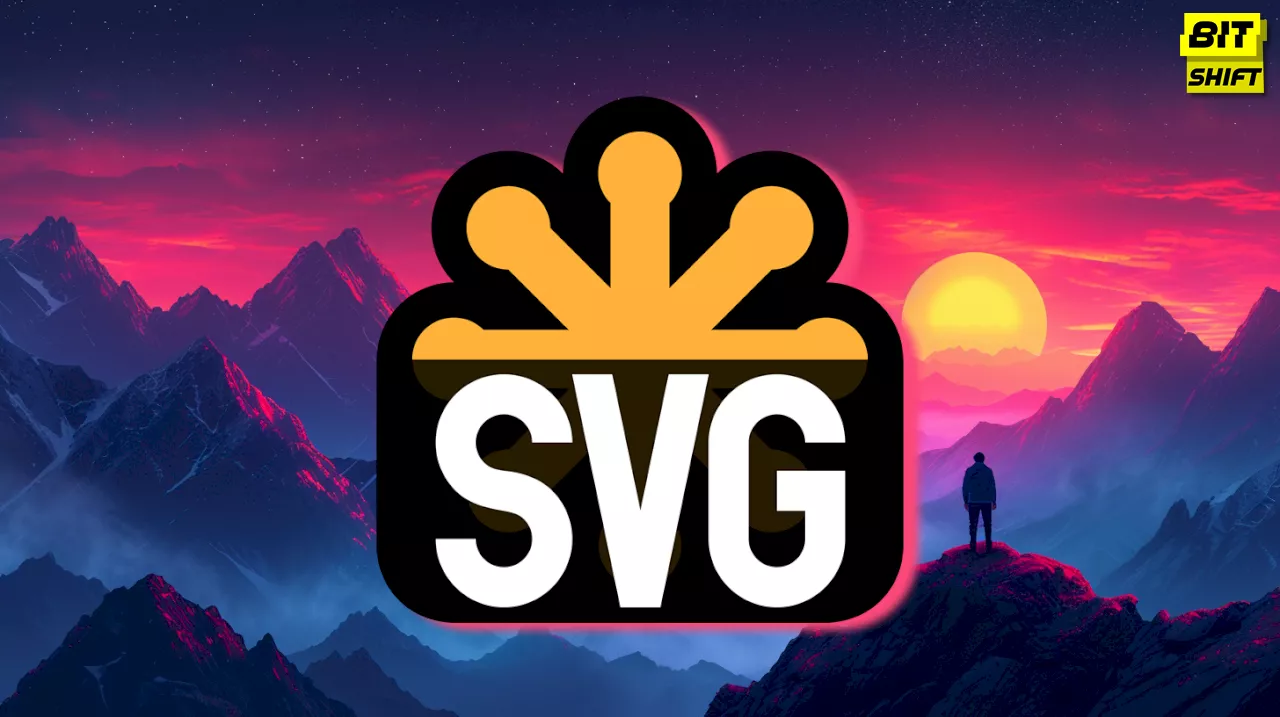
Summary
This article explores the SVG (Scalable Vector Graphics) format and its advantages over traditional raster formats in web design. It discusses the features of SVG, including its scalability, flexibility, animation, and interactivity, making it an ideal choice for modern, dynamic, and responsive web design.
The digital landscape constantly evolves, calling for more efficient, flexible, and high-quality graphics in web design. With its myriad advantages, the Scalable Vector Graphics (SVG) format is emerging as the answer to this demand.
“The SVG format, with its myriad advantages, is emerging as an ideal replacement for traditional website raster formats.”
What is SVG Format?
Introduced by the World Wide Web Consortium (W3C) in 1999, SVG is a two-dimensional graphics file format based on XML. SVG files are text-based, making them searchable, indexable, and compressible. They are composed of lines, curves, and shapes, with mathematical equations determining the position of these elements. SVG files are often found in logos, icons, and other graphic elements on a webpage, primarily used for vector-type diagrams with interactivity and animation.
Advantages of SVG Over Raster Formats
SVG offers significant advantages over raster (bitmap) images. These include scalability, as SVG images maintain quality at any size, and efficiency, as SVG files are often smaller than raster files, leading to quicker website loading times. SVG files are also editable and support animation and interactivity, allowing for dynamic and interactive graphics. In contrast, raster images are static and can become blurry when resized.
SVG as a Replacement for Raster Formats in Web Design
As websites must look good on various devices with different screen sizes and resolutions, SVG’s scalability and resolution independence make it perfect for creating responsive designs. Additionally, the ability to animate and interact with SVG graphics adds dynamism to web design. Unlike raster images, SVG files are also ideal for high-resolution displays, remaining crisp and clear.
Another significant advantage of SVG is the possibility of converting it to base64, a binary-to-text encoding scheme. This conversion allows the image to be embedded directly into the HTML or CSS code, eliminating HTTP requests that could slow down the website. With the SVG to base64 conversion, images load faster, contributing to a better user experience and potentially improving site ranking in search engine results.
In conclusion, the SVG format offers many advantages over traditional raster formats, making it an ideal choice for modern web design. With features like scalability, flexibility, animation, and interactivity, SVG provides web designers with the tools they need to create dynamic, responsive, high-quality graphics. By converting SVG to base64, these benefits can be further enhanced, contributing to improved website performance and user experience.
Share the Article by the Short Url:

